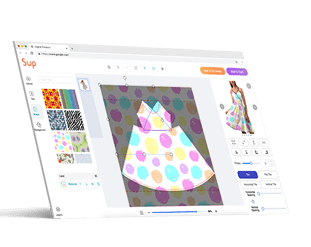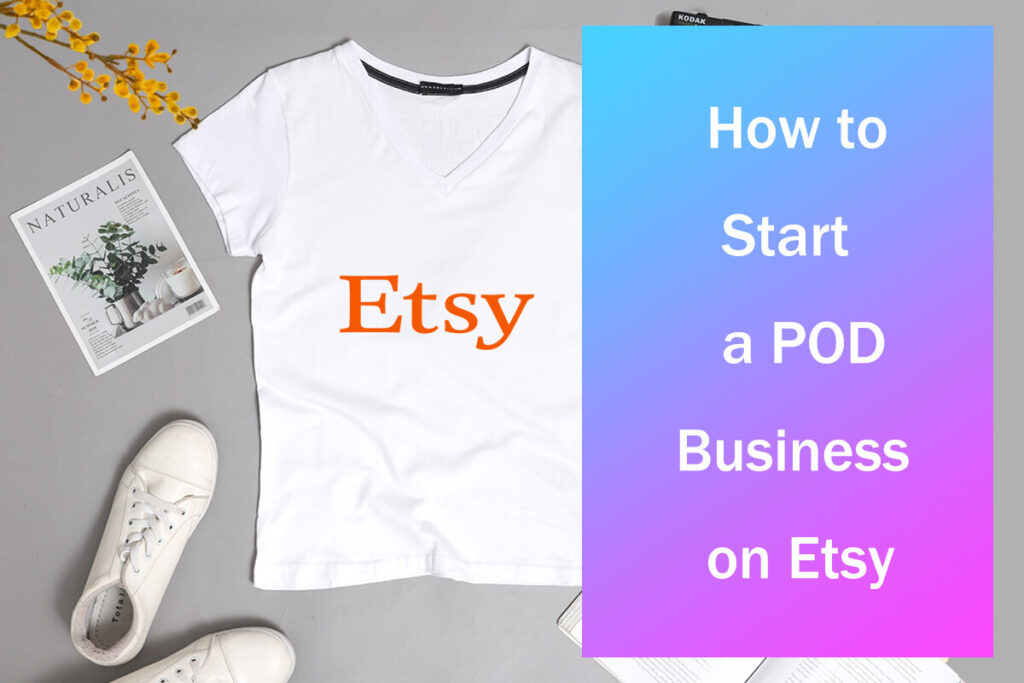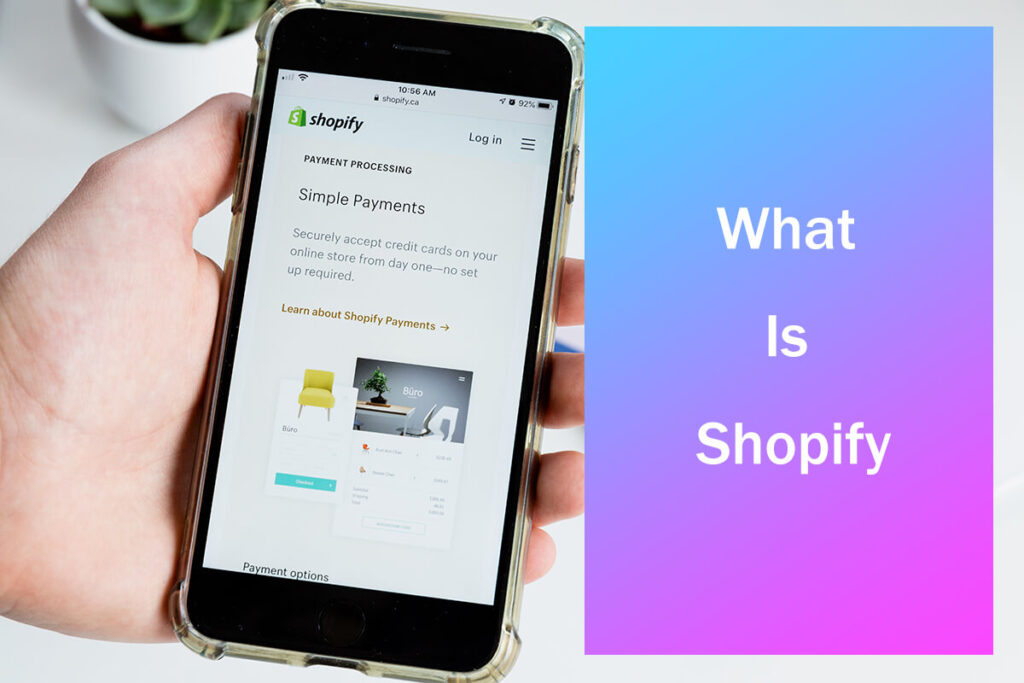Marketing for eCommerce: 12 Proven Strategies in 2025
With marketers collectively spending trillions of dollars on various marketing tactics annually, it’s crystal clear that marketing is indeed effective at driving traffic and sales for businesses.
Of course, eCommerce stores are no exception to this rule. So, if you want to attract new customers, keep your existing ones coming back for more, and see consistent sales figures in your profit report, then prioritizing your marketing efforts is an absolute must.
Not sure where to start? Don’t sweat it!
We’ve compiled the 12 proven and tested strategies that make marketing for eCommerce effective and completely manageable!
So, go ahead, give one or a few of these a try, and watch your store’s traffic and revenue hike up!
Is marketing for eCommerce important?
Marketing for eCommerce undoubtedly plays a crucial role in determining the success of your online business.
After all, how can customers buy from your online business when they don’t even know it exists in the first place?
Marketing is the driving force behind brand awareness in eCommerce. By boosting your store’s visibility, this strategy casts a wider net that increases your store’s chances of reaching someone who’s interested in your products.
But of course, this is only the tip of the iceberg when it comes to why eCommerce marketing is essential.
Some other notable benefits of eCommerce marketing include:
- Keeping customers engaged with your brands
- Making it hard for existing customers to forget your products
- Showing that your brand is professional, giving it a competitive edge
If these advantages sound like a sweet deal for you, don’t miss out on leveraging some of the top eCommerce marketing strategies below!
12 Marketing for eCommerce strategies in 2025
Here are the most-awaited strategies for nailing down your eCommerce marketing success!
1. Prioritize SEO

Ever wondered how some stores pop up first when you search for a product online? That’s all thanks to SEO or Search Engine Optimization.
What exactly is SEO?
Simply put, it’s the key to climbing to the top of search engine results pages (SERPs). Think of it as “Google’s own secret recipe for a good website.”
While SEO is often used for blogging, it works wonders in increasing traffic to online stores, too!
Here are a few handy tips to improve your store’s SEO.
- Perform keyword research and use them when listing products
- Make sure your site is easy to navigate
- Write descriptive product descriptions
Not gonna lie; SEO can be complicated to tackle manually. But that’s where handy tools come in!
Consider using resources like Google Analytics or the Avada SEO Suite app if you use Shopify to give your store that extra boost.
2. Start content marketing programs
Content marketing is about creating various content types to promote your eCommerce store. Whether you use it to directly showcase your products or indirectly engage with your audience, it’s a powerful tool in your marketing toolbox.
Why is it so effective, you ask?
Well, it’s because content marketing helps your brand get in front of your target audience in multiple ways. And without making your efforts seem too pushy!
Here are some ways to complete content marketing successfully:
- Blogging: Write engaging blog posts focusing on your store’s niche. Don’t forget to subtly recommend your products to drive sales.
- Guest blogging: Collaborate with other websites and offer to write guest posts. This brings a portion of their organic traffic straight to your online store.
- Podcast: Share expertise and insights related to your niche through podcast episodes. It’s a way to connect with your audience on a personal level.
Of course, there are plenty of other ways to approach content marketing, so feel free to get your creative juices out.
3. Dive into influencer marketing

When was the last time you scrolled through your feed and saw a celebrity advertising a product?
I’m guessing not so long ago because influencer marketing is hella everywhere.
The reason for this strategy’s massive popularity?
It’s the fact that influencer marketing is incredibly effective in growing your consumer base.
People look up to influencers. And when someone you admire recommends a product, you’ll naturally be drawn to or at least curious about that item. Especially if they’re showing the results or solutions that you’re looking for.
As a business owner, you should have influencer marketing up your sleeves. Influencers are literally everywhere on platforms like Facebook, Instagram, and TikTok. So surely, it’ll be easy to find someone who fits your brand vibe and budget.
Recommended: TikTok Influencer Marketing: A Complete Guide to Get You Started
4. Reach out to affiliates
Affiliates are individuals or organizations that earn commission every time someone buys from you. So, they’ll typically post or make reviews about your products to drive traffic toward your business.
Unlike influencers, you don’t need to shell out any upfront cash (usually) to work with affiliates, letting you contact several of them without putting a dent in your budget.
Fun fact: The more you sell, the more affiliates will also earn. Hence, if you strike the gold and find a hard-working affiliate, you’ll basically have a marketing bulldozer working for your eCommerce store! Without a recurring salary!
5. Ace your social media marketing

Leveraging social media marketing is no different from hanging up a giant billboard on the busiest street in town.
With billions of users casually scrolling through Facebook, Instagram, and TikTok daily for hours on end, the marketing materials you post on social media have the potential to reach countless eyes!
Social media marketing is so successful that I bet you can’t think about any big brand without a social media page right now.
So, if you’re ready to bring the beauty of your eCommerce business to the bustling streets of social media, the best time to start diving into SMM is the earliest you can.
Of course, what you need to succeed in this marketing strategy depends on the exact social media platform you want to use.
But for the most part, the visuals you post should be captivating and should know what makes the algorithm “push your content up” for that platform.
Pro tip: Consider hiring social media managers if you’re not too adept at using social media.
6. Don’t forget to upsell and cross-sell
Think back to the last time you ordered a combo meal at a fast food chain. Most likely, you’ve heard the cashier say some variation of these two lines:
- “Would you like to upsize your drink?”
- “Do you want fries with that?”
Those right there are excellent examples of upselling and cross-selling.
Upselling is all about tempting customers to go for the bigger, fancier version of what they’re already eyeing. Let’s say upgrading from an old camera model to the latest one.
On the other hand, cross-selling involves suggesting additional products that complement what’s already in the customer’s cart.
While these strategies may not be great at luring in new customers, they’re incredibly effective at getting existing customers to spend a little more in your eCommerce store.
These are some of my go-to tips when upselling eCommerce products:
- Highlight the benefits of buying the upgraded version
- Tempt them with exclusive deals or discounts for the premium upgrade
- Consider offering personalization options for an additional fee
And when it comes to cross-selling, keep these tips in mind:
- Recommend products that pair perfectly with their OG purchase
- Try to bundle items together at a discounted price
- Show multiple cross-selling options to increase their likelihood of buying more
Note: Try to use both upselling and cross-selling techniques to maximize profits.
7. Run paid-per-click advertising campaigns
Ever noticed those products at the top of your Google search results? Well, they’re not just there by chance. They’re part of paid-per-click advertising campaigns run by eCommerce businesses like yours.
As you’ll notice, these ads are very effective at bringing customers in because (A) they’re visually hard to ignore, and (B) they’re targeted at people who are already interested in what you’re selling.
The only not-so-great aspect of running PPC campaigns is that they’re probably the most expensive eCommerce marketing on this list.
But hey, when it comes to marketing, sometimes you’ve gotta spend a little to make a lot, right?
8. Bring your business to TikTok

Yes, I know TikTok is already part of “social media marketing,” but with its ever-soaring popularity, TikTok marketing deserves a spotlight of its own.
If you’re wondering why, I have plenty of reasons on my mind:
- TikTok is a huge business supporter: It has a whole section dedicated just to merchants selling their products!
- You can go viral with just a handful of followers: It’s no biggie if you only have a few followers. All you need is creative and engaging content to make your eCommerce store go viral.
- People spend a ton of time on TikTok: This platform has become the favorite pastime of millions of people, so grab that opportunity to capture their attention and make a lasting impression.
Read next: TikTok Ads for Beginners: The Ultimate Guide to Success
9. Leverage multi-channel selling
Instead of exclusively setting up one online store, why not also sell on other selling platforms like online marketplaces and social media apps?
I know the idea of setting up multiple versions of your store may sound like a lot of work. But, trust me, the main driving force of consumers nowadays is convenience.
Just picture this: a customer spots your stunning bracelet on Instagram and instantly falls in love with it. But when they realize they have to leave the app, visit your website, and possibly sign up, it feels like too much effort, so they end up abandoning the purchase.
But what if you sold that product on Instagram itself?
Then, there’s a high chance that that encounter could lead to a successful purchase.
Setting up multi-channel selling is easier than you think! Website builders like Wix and Shopify, for example, seamlessly allow you to transport all your product catalogs to marketplaces and social media platforms of your choice in just a few clicks.
10. Make email marketing your friend
One of the best ways to make existing customers remember your brand and repurchase is to always remind them that your store exists. Luckily, email marketing is your go-to buddy for these efforts.
It all starts with building an email list, which is often composed of people who have already bought from your eCommerce store or those who follow your content on other platforms.
Once you’ve got your list, regularly send out emails to promote your business, showcase your products, or even just share the story behind your brand to keep your audience engaged and connected.
But here’s a thing to remember: Email marketing is a two-way street.
It’s important to keep your email tactics genuine and top-quality. Otherwise, customers may view your emails more as a nuisance rather than a helpful reminder.
11. Reward loyal customers

Keeping your existing customers happy is way easier than constantly chasing after new ones. So, why not show your appreciation to repeat customers of your brand?
Here are some examples of rewards you can offer:
- Discounts: Who doesn’t love a good deal? Offer your loyal customers exclusive discounts on their purchases as a thank-you for their ongoing support.
- Point-Based Rewards: Set up a loyalty program where customers earn points for each of their purchases, which they can then redeem for discounts or freebies.
- Free Shipping: Everyone appreciates free shipping! Offer it as a reward for your loyal customers for their repeat purchases.
- Surprise Gifts: Surprise your loyal customers with unexpected gifts or bonus items with their orders!
By showering your customers with rewards, surely you’ll get to create a strong bond that competitors cannot beat.
12. Start a UGC campaign
User-generated campaigns are all about harnessing the power of customers to create content for your brand.
A very successful example of the UGC campaign is the “Share a Coke” launched by Coca-Cola back in 2011. For this campaign, Coca-Cola printed hundreds of common names on their bottles and encouraged people who found their names on the bottles to share photos online!
But hey, you don’t need to be a global giant like Coca-Cola to run a UGC campaign! Even on a smaller scale, you can tap into the creativity of your customers.
All you have to do is create visually appealing packaging or products. Then, encourage your customers to share a post on social media while tagging your store using specific hashtags.
To make your UGC campaign gain even more traction, you can even host a mini-contest where you reward cash or items to random participants!
Make marketing do the sales for you
It’s virtually impossible to succeed in business without implementing some sort of marketing strategy. Even more so if you’re joining the battles of the eCommerce arena, where hundreds of online stores are popping up left and right.
Marketing is a huge stepping stone in growing your business, and as this list has shown, it doesn’t have to be complicated or expensive at all!
If you’re in the dropshipping or print-on-demand industry and want to professionally accelerate not just your marketing efforts but also your product quality, shipping time, and branding, contact us here at Sup Dropshipping!
We’ve spent the last decade helping dropshippers accelerate their way to success, and we’re more than excited to partner up with you. Register now to work with Sup Dropshipping, or contact your personal assistant to start selling!
About the Author

Jack Han
Jack is a SEO manager and blog writer at Sup Dropshipping. He holds an MA in Linguistics and Education. He has over 10 years experience in E-commerce, and 5 years of experience in SEO. Jack is an enthusiast to share his recent knowledge learnt from peer experts in the industry.





Leave a Reply